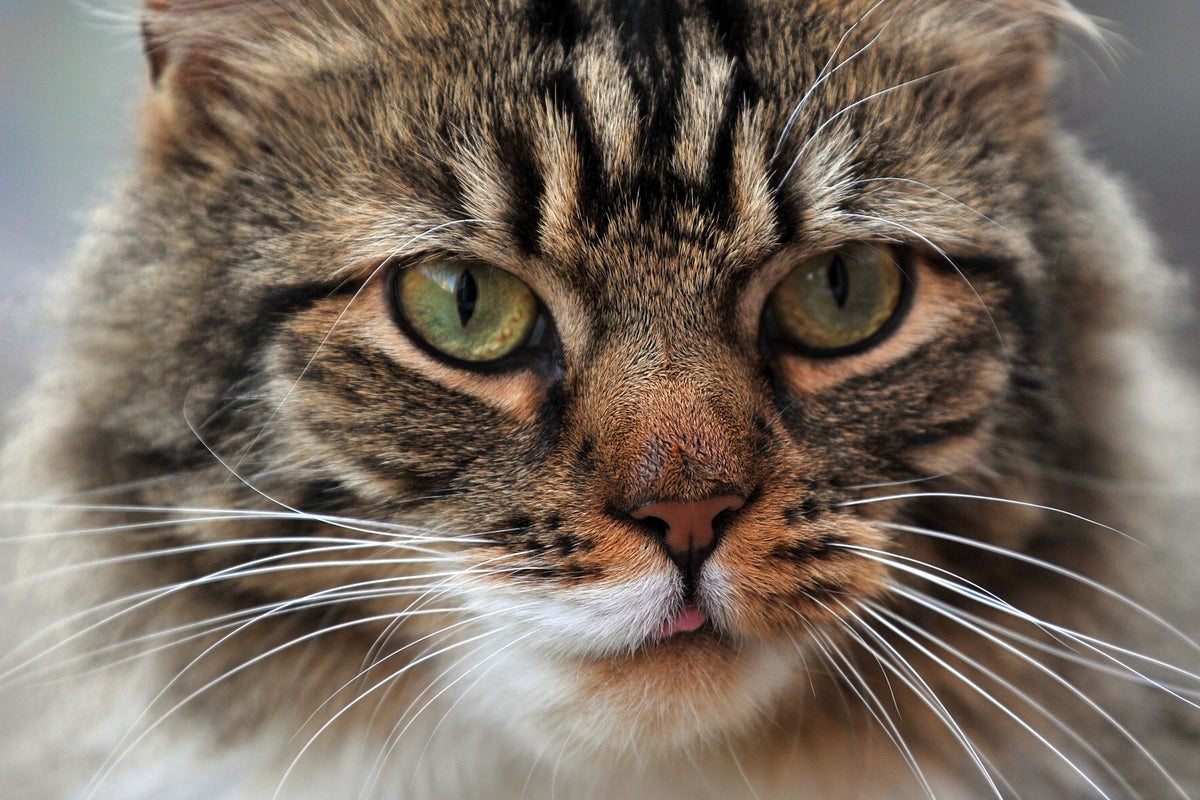
Domestic cats introduced from the Near East and wildcats native to Europe did not mix until the 1960s, despite being exposed to each other for 2,000 years, a new study suggests.
Researchers have found new archaeological and genetic evidence which they say transforms the understanding of the history of cats in Europe.
According to the findings, since their introduction, domestic cats and European wildcats generally avoided mating.
Wildcats and domestic cats have only hybridised very recently. It is clear that hybridisation is a result of modern threats common to many of our native species— Jo Howard-McCombe, University of Bristol
But that all changed about 50 years ago in Scotland.
Around this time, rates of interbreeding between wild and domestic cats rose rapidly, perhaps as a result of dwindling wildcat populations and a lack of opportunity to mate with other wildcats, researchers say.
Jo Howard-McCombe from the University of Bristol and the Royal Zoological Society of Scotland, said: “Wildcats and domestic cats have only hybridised very recently.
“It is clear that hybridisation is a result of modern threats common to many of our native species.
It is fascinating that we can use genetic data to look back at their population history, and use what we have learnt to protect Scottish wildcats— Jo Howard-McCombe, University of Bristol
“Habitat loss and persecution have pushed wildcats to the brink of extinction in Britain.
“It is fascinating that we can use genetic data to look back at their population history, and use what we have learnt to protect Scottish wildcats.”
Researchers analysed genetic data of both wild and domestic cats, including 48 modern individuals and 258 ancient samples excavated from 85 archaeological sites.
Then they assessed the patterns of hybridisation after domestic cats were introduced to Europe more than 2,000 years ago and came into contact with native European wildcats.
Our data suggests that, at least with respect to avoiding interbreeding with their wild counterparts, dogs and cats are much more similar to each other than they are to all other domestic animals— Professor Greger Larson, University of Oxford
Professor Greger Larson, from the University of Oxford, said: “We tend to think of cats and dogs as very different.
“Our data suggests that, at least with respect to avoiding interbreeding with their wild counterparts, dogs and cats are much more similar to each other than they are to all other domestic animals. Understanding why this is true will be fun to explore.”
Domestic animals including cattle, sheep, goats, dogs, and pigs have been closely associated with people since the emergence of farming communities more than 10,000 years ago, leading to the dispersal of plants and animals well beyond their native ranges.
Experts say that over the last 20 years, analysis has revealed that as domestic animals moved to new regions, they interbred with closely related wild species, dramatically altering their genomes.
The findings are published in the Current Biology journal.







